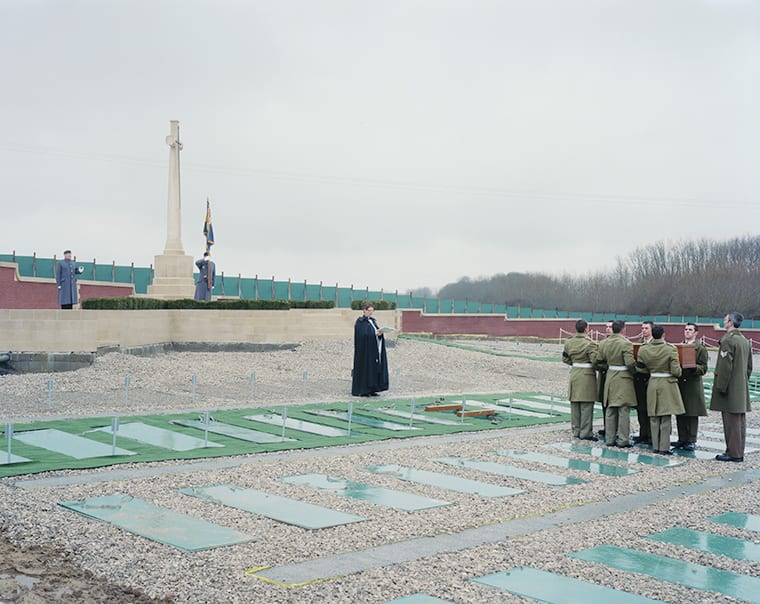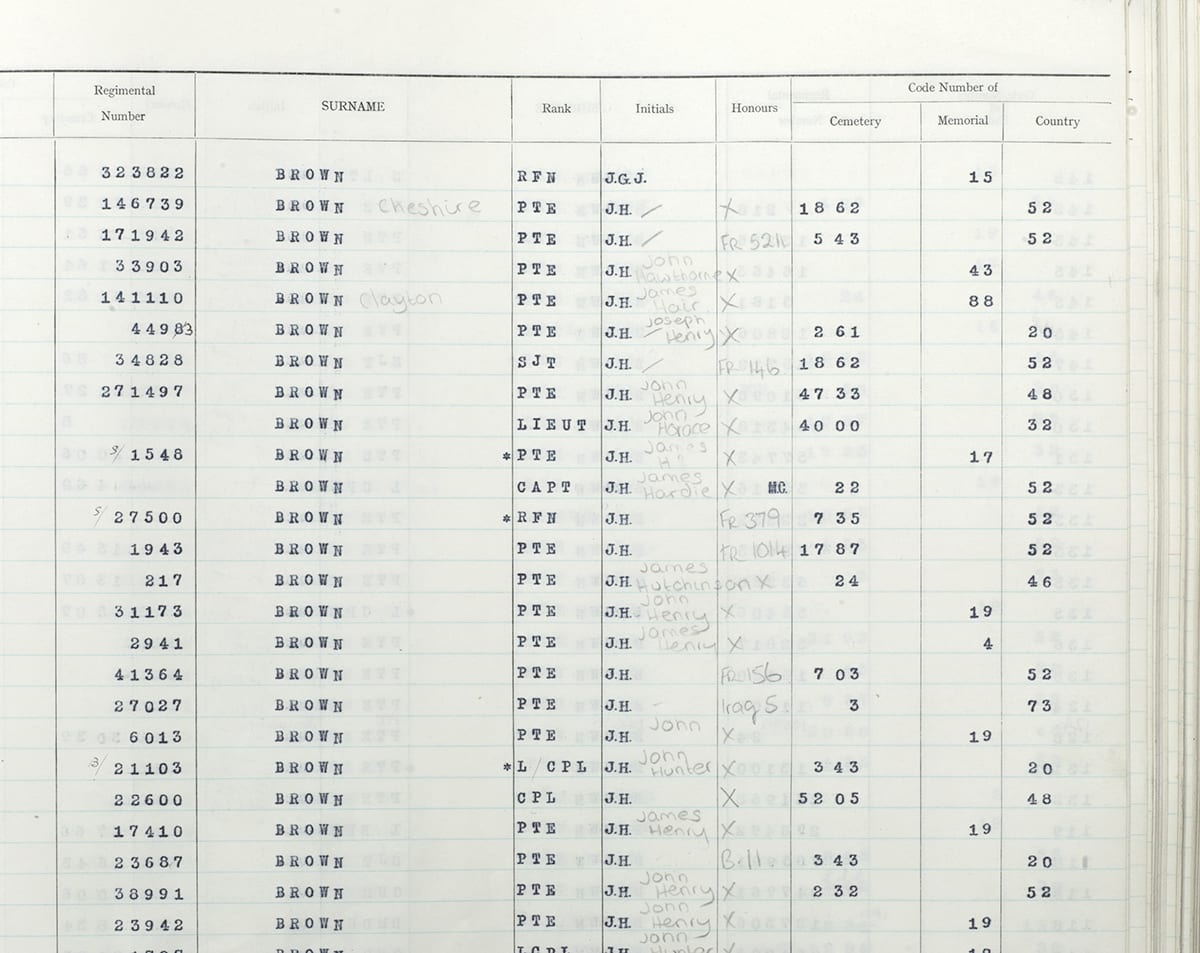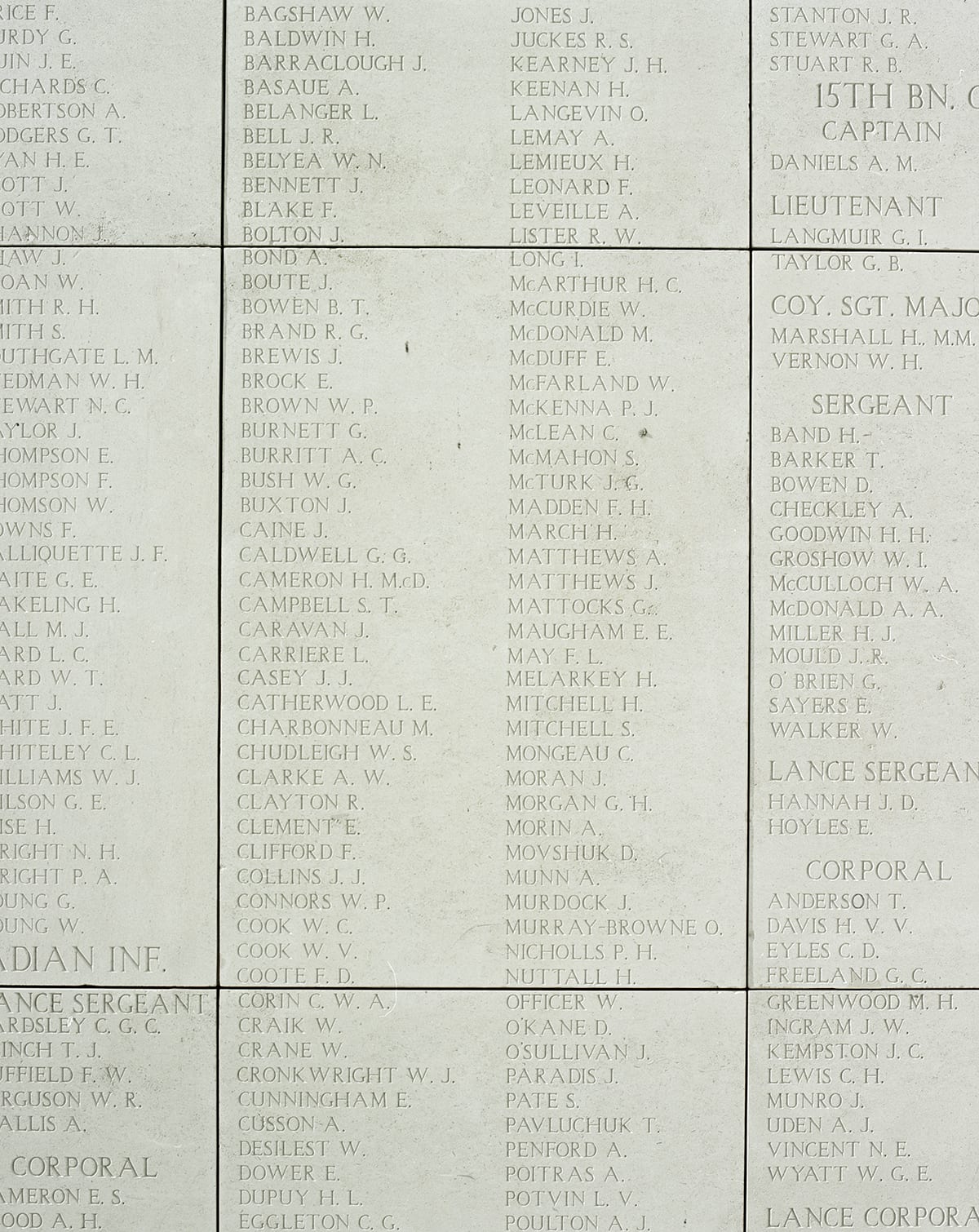Daniel Alexander and Andrew Haslam’s new photobook, published by Dewi Lewis, asks us to do just that. When the War is Over is a study of the ongoing commemoration of the 1.7 million who died in the world wars.

It tells us the story of the Commonwealth War Graves Commission, set up following the First World War, and so invites us to revisit this hugely familiar subject matter from a different perspective.
Fredrick Kenyon, then director of the British Museum, in a report for the Commission titled ‘How the Cemeteries Abroad Will be Designed’, set out that “What was done for one should be done of all, and that all, whatever their military rank or position, should have equal treatment in their graves”.

In doing so, When the War is Over takes us through the process behind the construction of war graves around the world. “We move from quarry to cemetery to skip” is how Alexander puts it. This process is not lost in the past -it’s happening today.
The remit of the Commission was to commemorate each solder by name – in perpetuity. So when names on headstones or memorial panels are damaged or worn, they are replaced.
“This creates a form of living memorial, which does not age, and in which the stones themselves have a lifespan,” Alexander says.

In producing the work, Alexander and Haslam took advantage of the remarkable discovery of a first world war burial site in northern France in 2009.
The 250 bodies discovered there were reburied at a cemetery in Fromelles, allowing the artists to document the implementation of Kenyon’s plan 100 years after its conception.
Pages: 1 2
